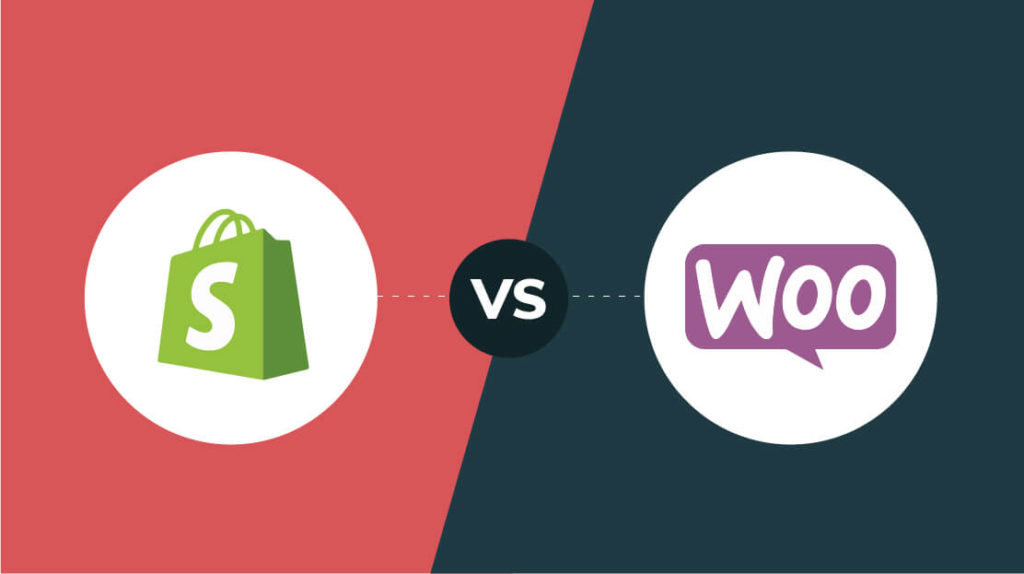Your WordPress page can be many things, but with the platform taking up nearly a third of the entire internet, you’re likely to see many of them dedicated to more commercial pursuits. The ubiquity of e-commerce has been a boon for many aspiring entrepreneurs, giving them a window to the world. At this point, anything seems possible with a couple of clicks and something to sell.
E-commerce processing platforms like Shopify or WooCommerce integrate natively with the WordPress environment and make the processing of orders and payments as easy as it gets. At this point, it’s all a matter of picking what works for your specific needs. You’ll want to ask yourself if you’re looking for flexibility, better rates, and if you know how to code (or know someone who does).
Both are incredibly robust, and offer something for most e-commerce needs, but differ in several key areas. Think of it along the lines of PCs vs. Macs– one option is tweaker-friendly and relatively affordable with the disadvantage of being a bit tedious, while the other is a bit more expensive but offers better ease of use and off-the-shelf functionality.

Pricing
When you’re just starting out, the amount of resources you could put into things like digital assets may not be as much as you’d like. While this isn’t always the case, some situations are more sensitive with overhead costs than others. Shopify has fixed rates tiered from $29 to $299 with hosting, security, and other miscellania included. WooCommerce on the other hand, is free to use but with a modular pricing scheme that allows you to add services as needed. Try to weigh if you’d prefer to spend everything in one go, or just take on features as you could afford them.
Ease of use
Both platforms can be as involved as you’d like, but we’d argue WooCommerce has the edge in terms of raw potential– so long as you know your way around a bit of code, and manual backend setup. The learning curve could be rather steep, though. Shopify is a lot friendlier, with off-the-shelf functionality right where you need it. From there, you have a fair amount of flexibility when it comes to third party integrations. Just decide on a workflow that works for you, and move on from there.
Final verdict
Truth be told, either one of these platforms could get the job done– with features that could more or less stand toe-to-toe with one another. But as with all tools, how you intend to use them, and what workloads you’re interested in doing are going to make all the real difference. Shopify and WooCommerce may have different pricing models, but the costs are fairly competitive and you may need to go with your gut on this one.


